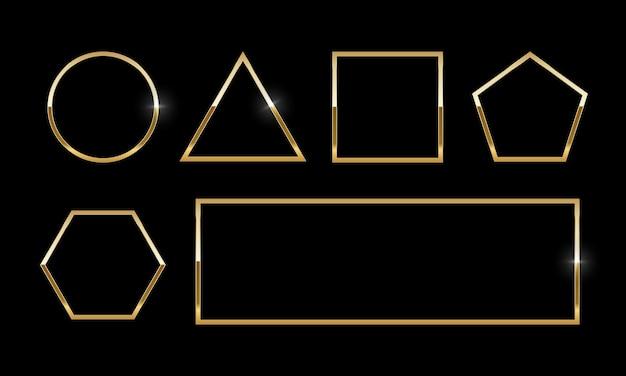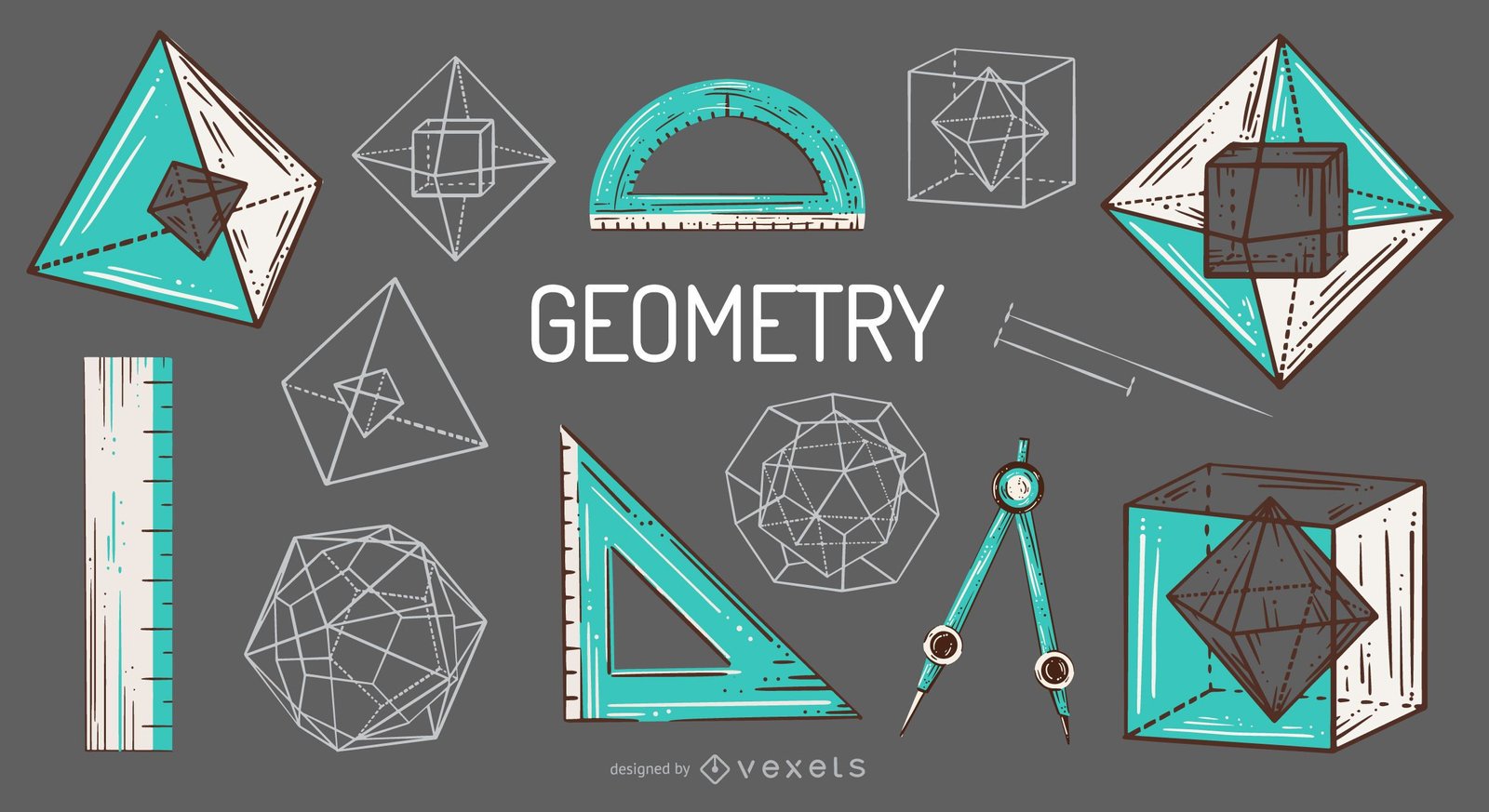Geometry, one of the oldest branches of mathematics, has always held a special place in the world of knowledge. Its origins can be traced back to ancient civilizations, where it played a crucial role in various aspects of life, from architecture to astronomy. In this article, we will explore the fascinating world of geometry, delving into its history, applications, and the inherent beauty that lies within its intricate shapes and structures.
A Brief History of Geometry
Geometry Spot The word “geometry” itself comes from the Greek words “geo” (meaning Earth) and “metron” (meaning measure). Ancient civilizations, particularly the Egyptians and the Greeks, were among the first to formalize and study geometry. The famous Egyptian pyramids are a testament to their advanced geometric knowledge, as these massive structures exhibit remarkable precision and alignment with astronomical phenomena.
Geometry Spot However, it was the Greeks who truly elevated geometry to an intellectual pursuit. Euclid, often referred to as the “Father of Geometry,” compiled a comprehensive collection of mathematical knowledge in his work “Elements” around 300 BCE. This seminal work laid the foundation for modern geometry and included postulates, theorems, and proofs that are still studied and revered today.

The Intriguing World of Geometric Shapes
Geometry is much more than just a historical curiosity; it is a fundamental branch of mathematics with real-world applications. At its core, geometry deals with the properties and relationships of shapes and spaces. Some of the most common geometric shapes include:
must read=Geometry Spot
must read=trails wilderness program death
must read=trails carolina horror stories
1. Circles: Circles have been a symbol of perfection and unity throughout history. They are defined by a set of points equidistant from a central point, and they possess properties that make them essential in fields like physics, engineering, and architecture.
2. Triangles: Triangles are the simplest polygon, yet they have an incredible diversity of properties and types. From equilateral triangles with equal sides to right triangles used in trigonometry, triangles are the building blocks of geometric analysis.
3. Quadrilaterals: Four-sided polygons like squares, rectangles, and rhombi fall into this category. They play a crucial role in design and construction, ensuring stability and balance in structures.

4. Polygons: Polygons are multi-sided shapes that come in various forms, from pentagons to dodecagons. Their properties and symmetries are explored in depth in geometry.
5. Polyhedra: These three-dimensional shapes include familiar forms like cubes and pyramids. Polyhedra have found applications in architecture, crystallography, and game design.
6. Conic Sections: The study of conic sections, including circles, ellipses, parabolas, and hyperbolas, is essential in physics and astronomy.
7. Curves: Curves, such as the sine and cosine functions, are used to model natural phenomena, waveforms, and periodic motion.
The Beauty of Geometry
What makes geometry truly captivating is its aesthetic appeal. Artists, architects, and designers have long been inspired by geometric shapes and patterns. The use of geometry in art, known as “geometric art” or “geometric abstraction,” is a form of creative expression that draws upon the elegance and symmetry found in mathematical forms.
Geometric patterns and motifs have been used in various cultural and artistic traditions around the world. From Islamic tile designs to Native American beadwork, geometry is a universal language that transcends boundaries and speaks to the innate human appreciation for order and harmony.

In addition to its aesthetic beauty, geometry also reveals the hidden symmetries and patterns that underlie the natural world. The Fibonacci sequence, for example, is a mathematical concept closely related to the golden ratio and is found in the arrangement of leaves on a stem, the spirals of a seashell, and even in the proportions of the Parthenon in Athens. These connections between mathematics and nature highlight the profound relationship between geometry and the physical universe.
Practical Applications of Geometry
Geometry is not confined to the realm of theory and art; it has practical applications that impact our daily lives. Here are a few areas where geometry plays a crucial role:
1. Architecture and Engineering: Architects and engineers use geometric principles to design buildings, bridges, and infrastructure. Geometry ensures that structures are stable, aesthetically pleasing, and functional.
2. Navigation: GPS systems rely on geometric principles to determine your location and provide accurate directions. Trigonometry, a branch of geometry, plays a vital role in navigation calculations.
3. Computer Graphics: The world of computer graphics, including video games, animation, and 3D modeling, relies heavily on geometry to create realistic virtual environments and characters.
4. Artificial Intelligence: Geometry is essential in computer vision and robotics, allowing machines to understand and interact with the physical world.
5. Geographic Information Systems (GIS): GIS technology uses geometric data to map and analyze geographic information, aiding in urban planning, environmental conservation, and disaster management.
Conclusion
Geometry is a timeless and multifaceted discipline that continues to shape our understanding of the world. From its ancient origins to its modern applications, geometry serves as a bridge between art, science, and technology. Its beauty lies not only in its aesthetic appeal but also in its power to solve practical problems and reveal the hidden order of the universe. As we continue to explore and harness the potential of geometry, we unlock new dimensions of knowledge and creativity, reminding us that the pursuit of understanding is a timeless and unending journey. So, the next time you encounter a geometric shape or pattern, take a moment to appreciate the intricate world of geometry and the wonders it unveils.
